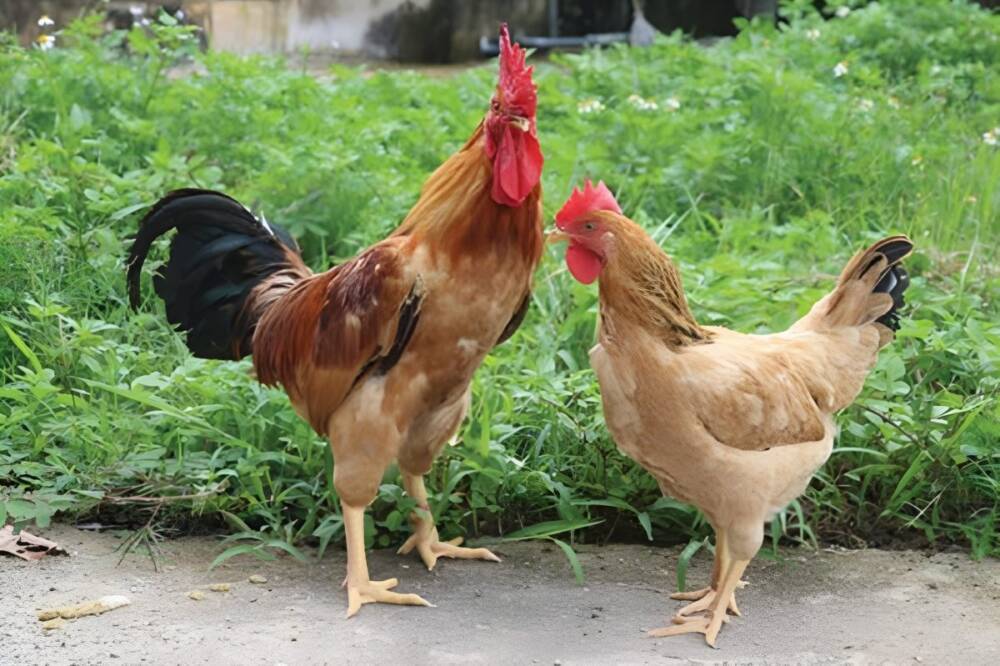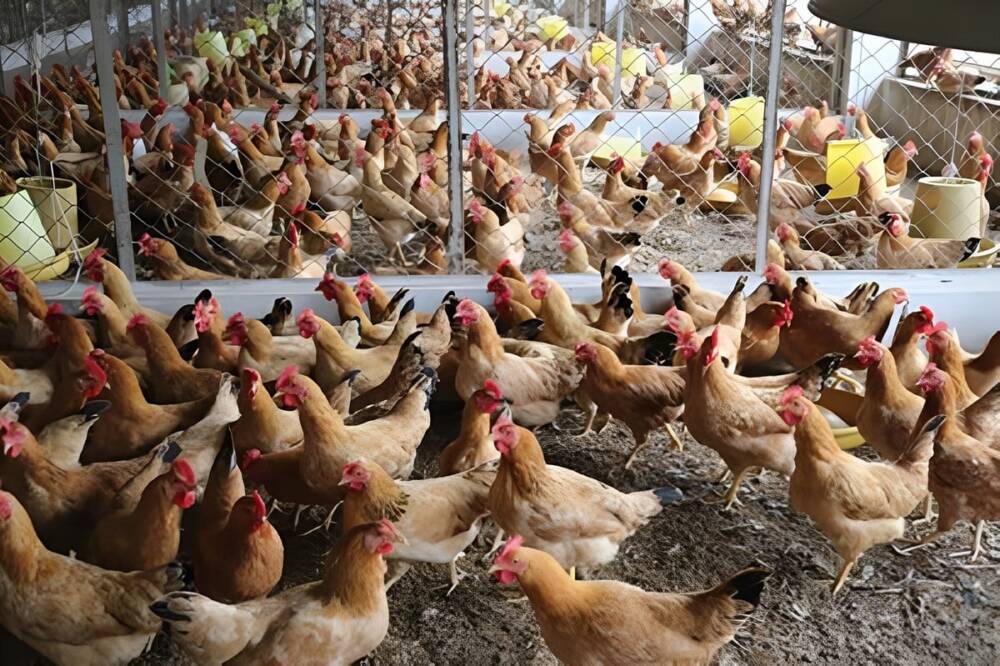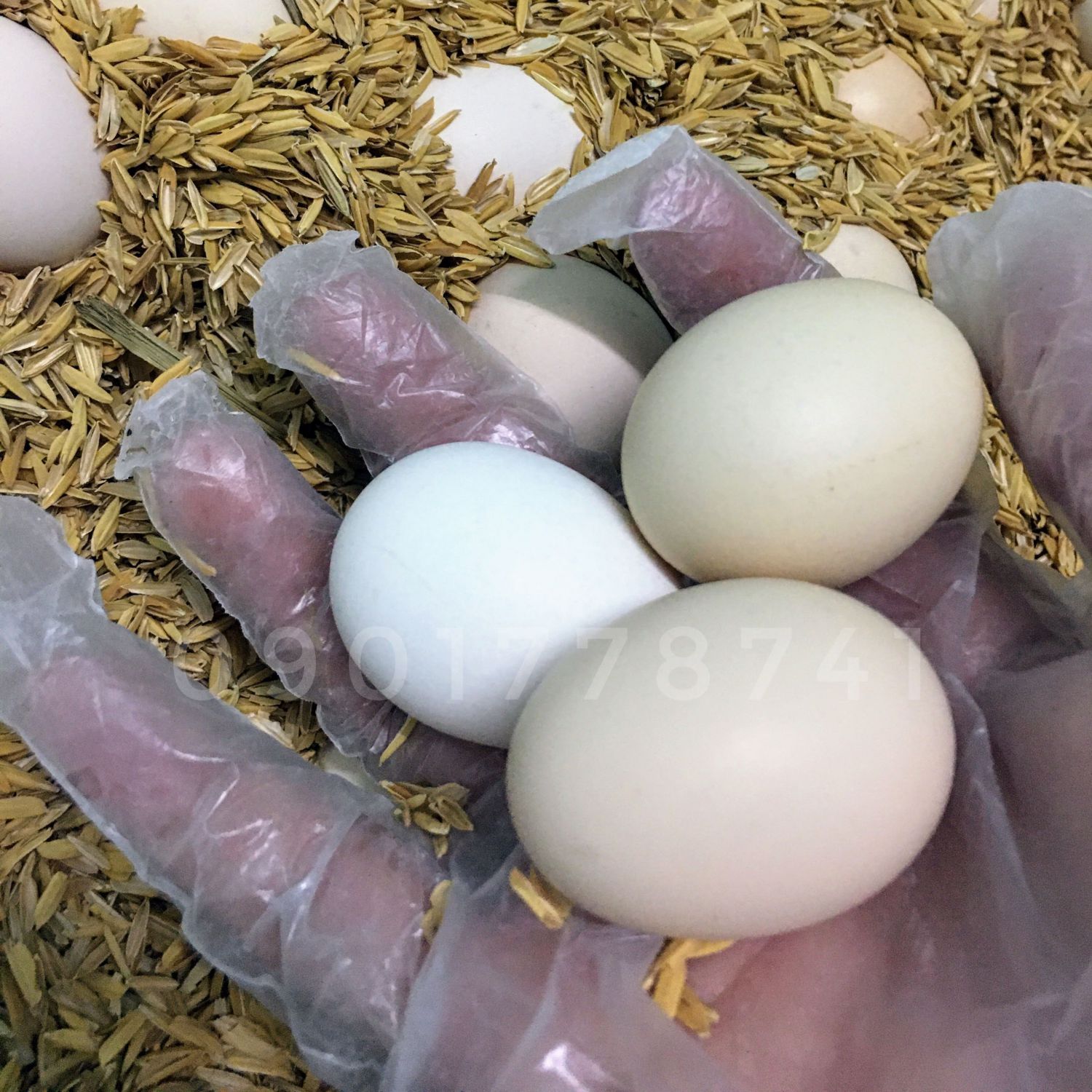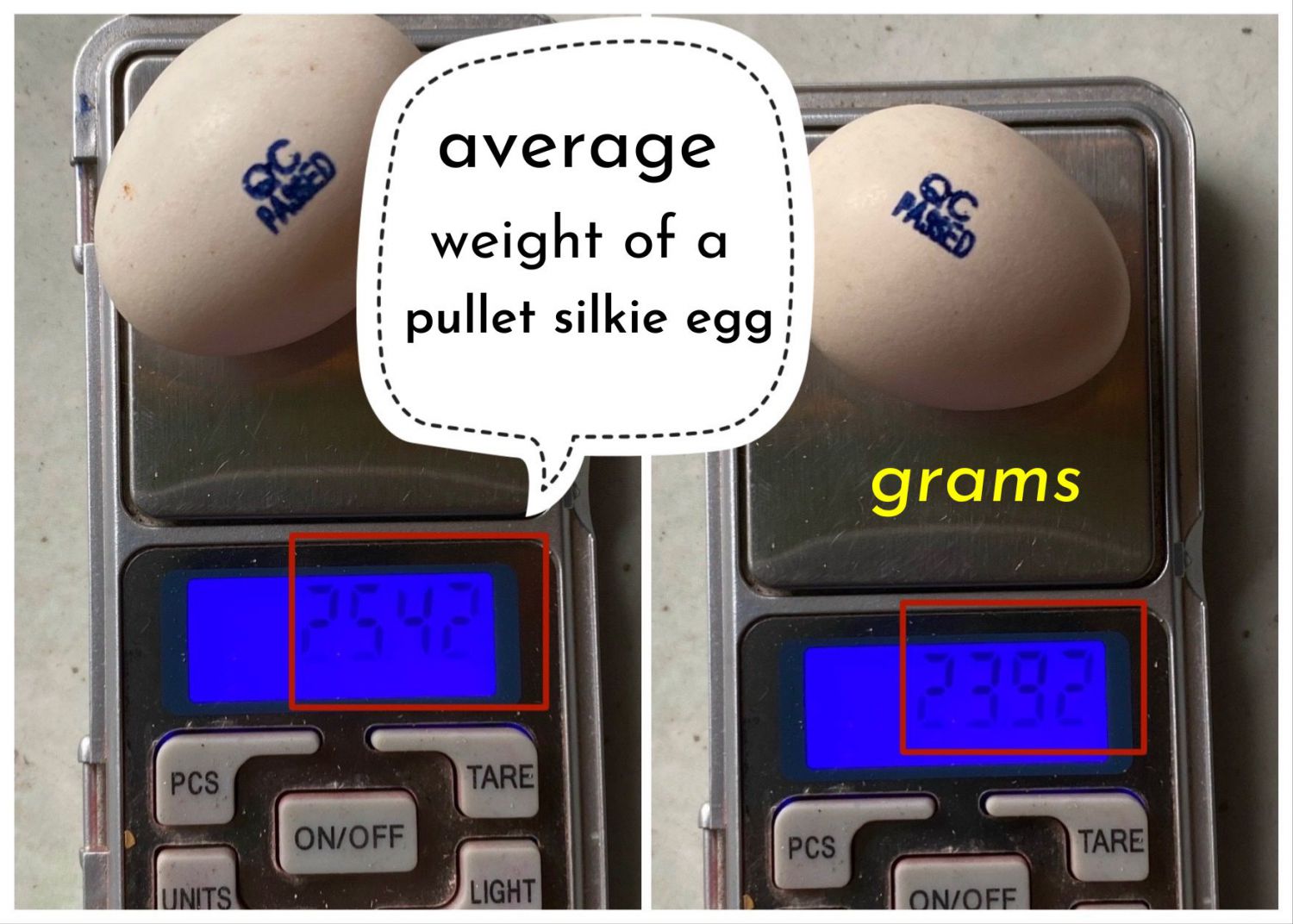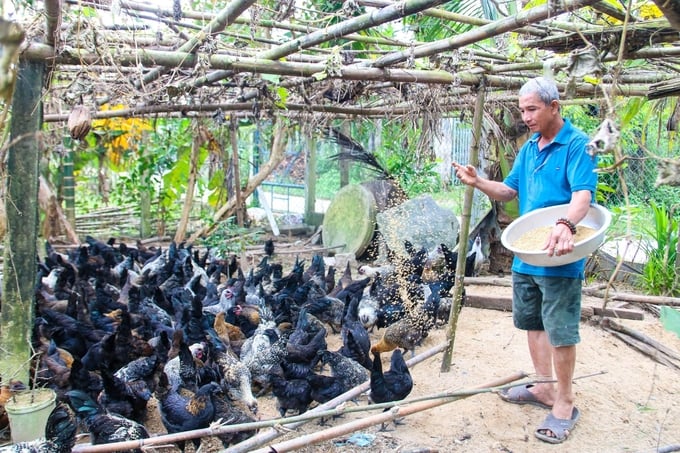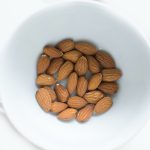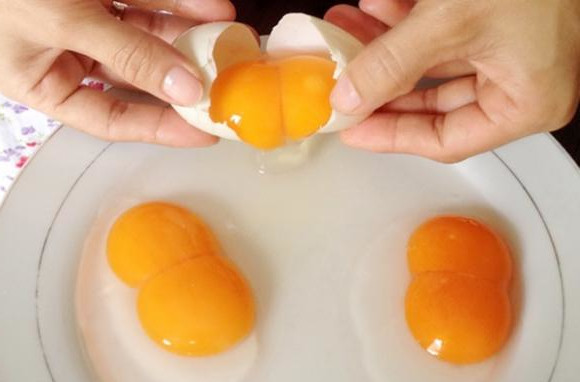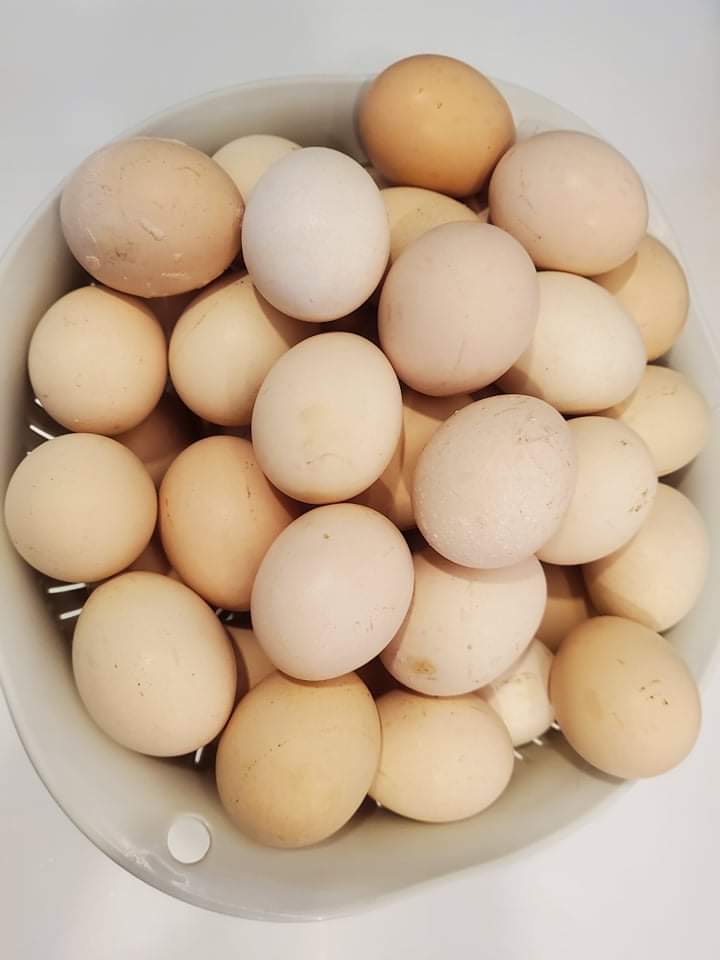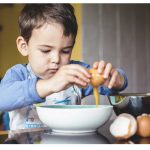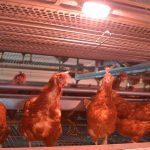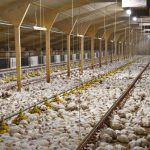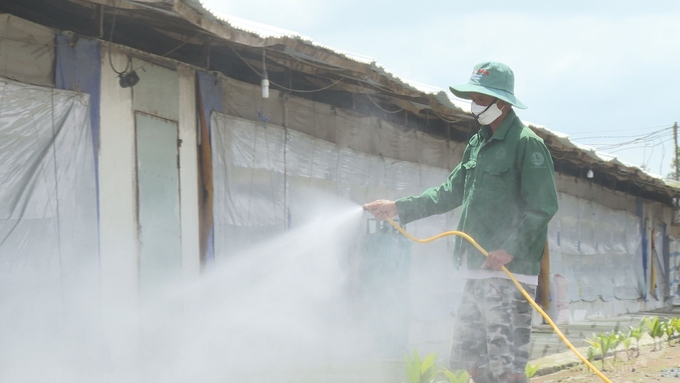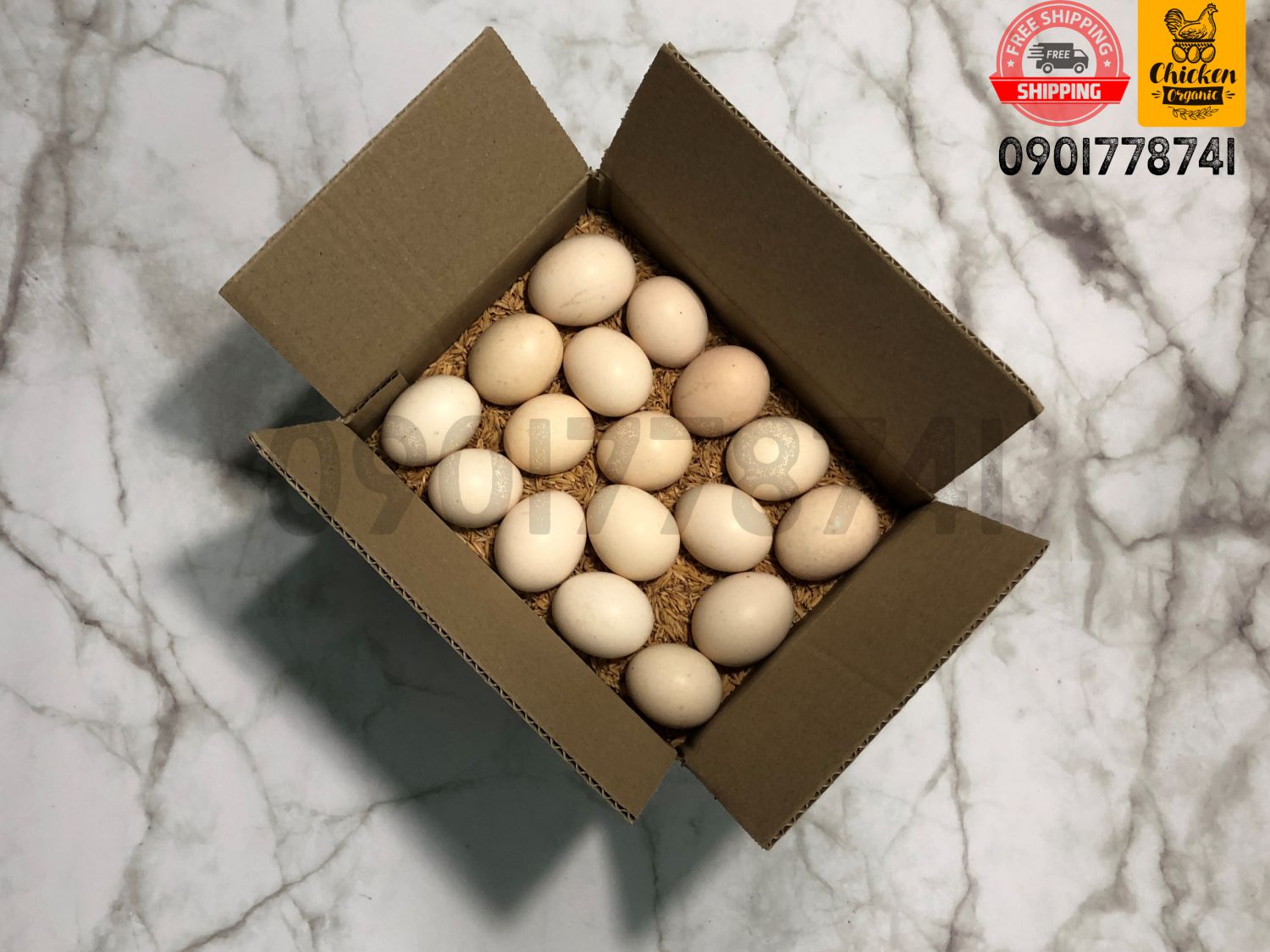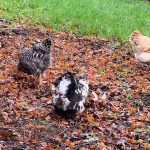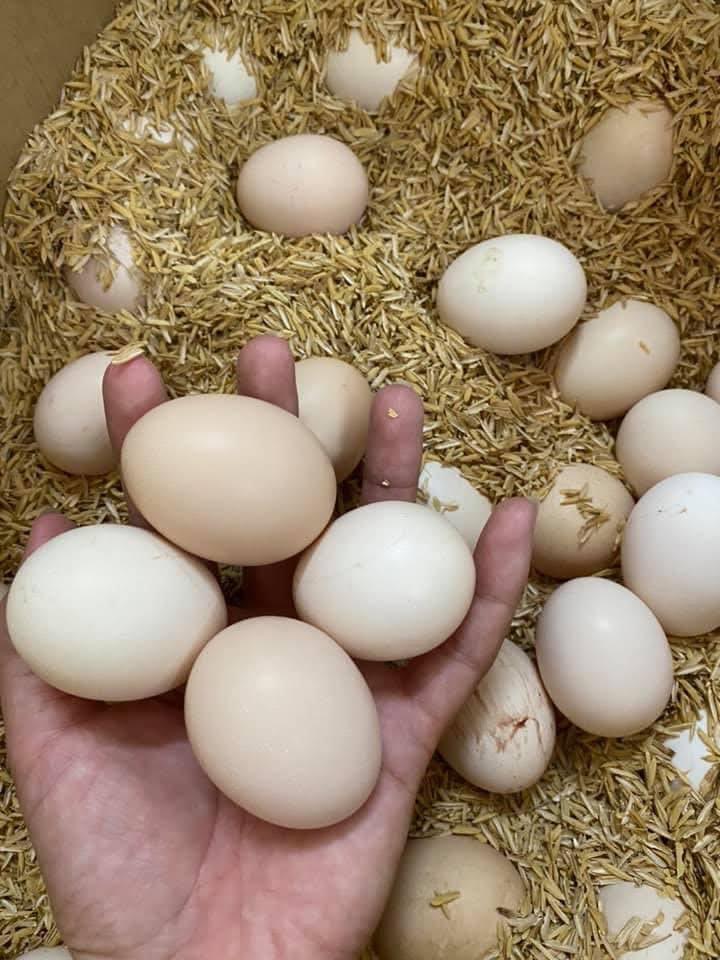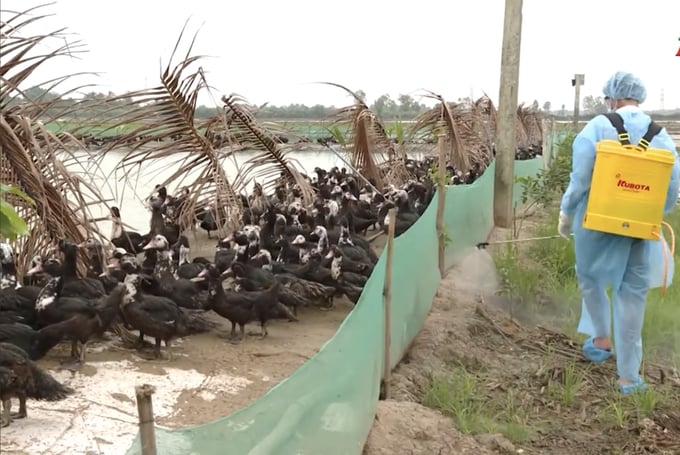Ri chickens are a local breed that is easy to raise and adapts well to different farming conditions. Their meat is especially delicious and popular in the market. This article will evaluate the appearance, reproductive performance, and meat production potential of this breed, providing useful information for farmers, investors, and researchers.
Appearance:
- Ri chickens have diverse feather colors but typically yellow-brown, yellowish white mottled with black, or light yellow with black speckles.
- Adult cockerels have sturdy builds fully covered in straw-yellow feathers, red combs and wattles, and yellow beaks and feet. Hens have smaller builds with yellow-brown feathers, single combs, and yellow beaks and feet.
Reproductive Performance:
- Over 90% survival rate at brooding stage (1-20 weeks old). Body weight reaches 1.88-1.92 kg (cockerels) and 1.33-1.38 kg (hens).
- Onset of lay at 155-160 days old.
In free-range farming, hens produce ≥120 eggs/68 weeks. In floor pens or cages, ≥138 and ≥150 eggs respectively. - Feed conversion ratio to produce 10 eggs is ≤3.0 kg (cages), ≤3.2 kg (floor), and ≤3.6 kg (free-range).
- High fertility rates – ≥94% (natural mating) and ≥90% (artificial insemination).
Meat Production Potential:
- ≥95% survival rate when slaughtered at 16 weeks old.
- Body weight reaches ≥1.3 kg/bird after 6 weeks.
- Feed conversion ratio ≤3.8 kg/kg of weight gain.
With excellent adaptability, high productivity and fertility, low feed requirements, and delicious meat, Ri chickens are an excellent breed for farming in many environments and systems.
